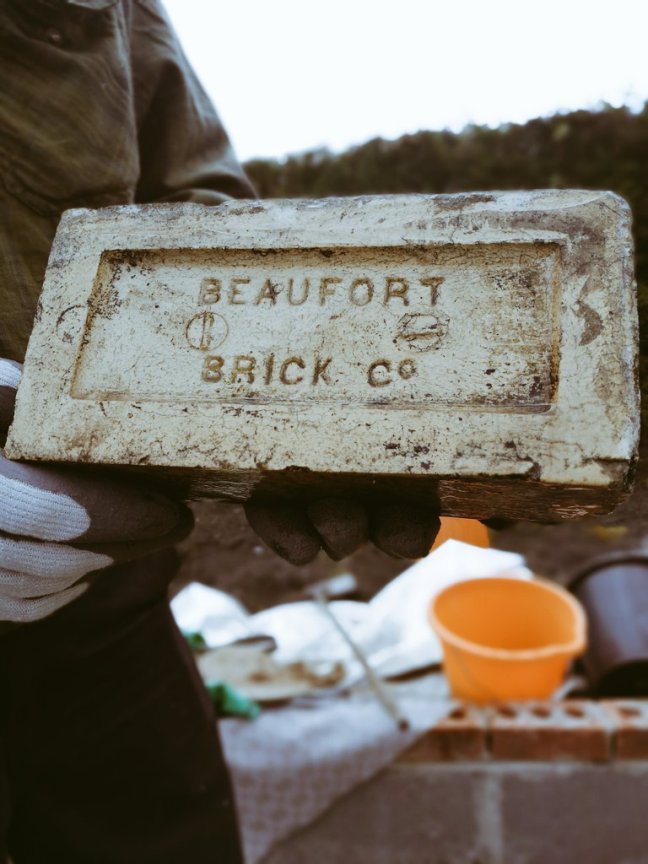Over the last few months it has been hectic – apart from gaining employment elsewhere (sadly through becoming redundant) and undertaking a few online courses which I desperately need to finish, I have (along with family) been refurbishing each room of the house belonging to my great-grandparents (circa 1910)…officially bought from the council in ’81. Also, we’ve been digging up the front garden for a driveway.
It’s not surprising that my interest in history and archaeology, especially things relating to the land of my fathers, has developed from working in the department at the museum.
Working there has made me reflect on objects that I’ve found while carry out the refurbishment more differently – one man’s rubbish is another man’s treasure!
Now, I wouldn’t go as far as saying I’ve found genuine treasure that should be put in an exhibition; they are more likely fragmented items that might not even be considered suitable for your local scrap yard!
However, I’m interested in the fact that the things which I have found do have their own story; to whom did they belong? Why were they discarded? Or were they lost?
Just the simplest of questions can help to unravel a story and give meaning to an object.
The most interesting items that I found, for the moment, include:
A Half Penny coin (1938)
This coin was found underneath the floorboards, which lay on top of the original red brickwork. It wouldn’t be worth anything – probably less than a half a penny today (or even less due to Brexit!).
The obverse side of the coin features the bare head of King George VI and the reverse side features a depiction of Sir Francis Drake’s galleon, the Golden Hind, the first English ship to sail around the world; it was originally known as Pelican before being renamed mid-voyage to honour Sir Christopher Hatton, whose crest was a golden hind (a female red deer)…as you do.
The coin’s design was by Thomas Humphrey Paget, whose portrait of George VI would be described as “the classic coinage head of the 20th century.” This particular mintage produced an estimated 40,320,000 coins meaning that it’s not scarce at all….hence the lack of value.
What if?
I’m happy to think that this coin may have belonged to my great-grandmother, Alice, who lived an interesting life herself. She was adopted due to the passing of her biological mother, and sadly her father was unable to provide for her. He was a “travelling showman.” Or this coin could have belonged to a lodger named Mrs. Templeman, an elderly woman who passed away in the house! Alice had to have a lodger because her husband, my great-grandfather, had died and she had six young children to feed! Alice would later go on to marry Asaph and they’d spend many years together before his death – and she would go on to live to the age of 91!
Beaufort Company & Co. Engineering Brick
Digging up the garden you’d expect to find a few things; obviously plenty of dirt, old roots of a tree (nearly impossible to uproot), stones (big ones!), but never such a brick.
Seeing Beaufort clearly visible, as if the brick were made just yesterday, I knew it has something to do with the area, being near Ebbw Vale; a town (like most South Wales Valleys’ towns) that had been forged by industry. The fires of “the Works” helped to forge a community until they were sadly doused – stopping the heart of its community!
After doing some research I found that the brick was manufactured at the engineering plant in the village, which was said to have sent the bricks (approximately 40,000) to be used for the foundations of the Empire State Building! The factory, earlier labelled on OS (Ordnance Survey) maps as Brick and Pipe Works, was opened at the start of the 20th Century before closing in the ‘70s!
I can’t wait to find more objects and to discover their stories!

(Image of my father holding up the brick).
Resources:
